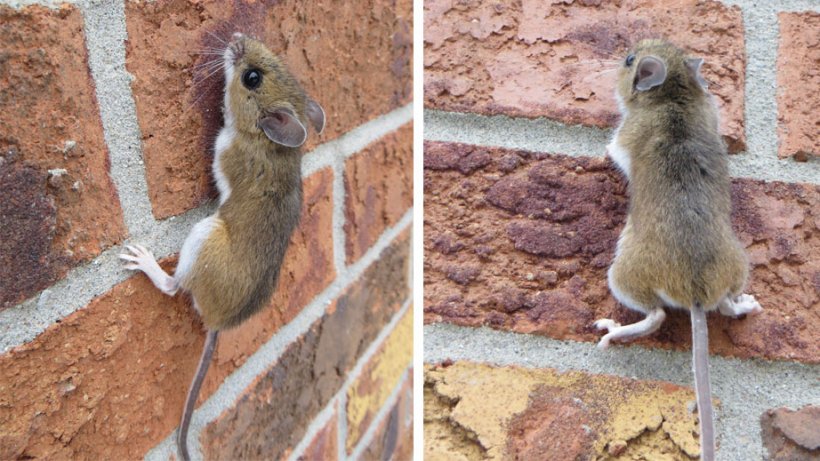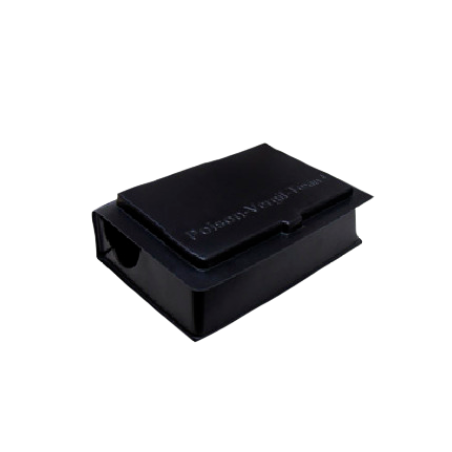Objective
Perimeter fences surrounding swine facilities can use smooth tile construction to create a surface that rodents are unable to climb (Picture 1). This is a simple and effective strategy that will decrease the number of rodents accessing the farm compound and, consequently, improve overall internal and external barn biosecurity.

Description
Rodent control is important when considering both internal and external biosecurity since they can act as reservoirs and vectors for numerous concerning organisms and spread them via feces, urine, saliva and blood. The organisms include Salmonella, Bordetella, Leptospirosis, Pseudorabies, Brachyspira, Erysipelas, and Toxoplasma. In addition, they may be capable of physically transferring organisms on their external surfaces (i.e. skin and haircoat) and of causing significant damage to the physical structure of the swine facility. Therefore, an effective rodent prevention plan is essential to the farm and creating an external barrier that prevents the arrival and entrance of these animals into the facilities could be considered the first line of defense that will increase the success of the plan.

Both rats and mice are good climbers and can climb vertical surfaces if they are rough enough (Picture 2). Choosing a smooth tile type with seamless gap material will not allow rodents to achieve a foothold that would facilitate their climbing ability. In some regions, tile construction (i.e. material and labor) is very affordable so it becomes a viable option for this purpose with a reasonable cost benefit.






